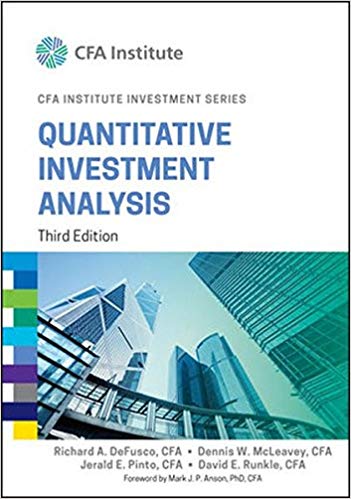Answered step by step
Verified Expert Solution
Question
1 Approved Answer
This is about synergy value allocation to the specific items in post-merger phase. Background: Acquiring firm has identified the $10m of cost synergy (they did


This is about synergy value allocation to the specific items in post-merger phase.
Background:
- Acquiring firm has identified the $10m of cost synergy (they did not quantify nor measure the revenue synergy) (In the Scheme Booklet).
- We have identified the specific items that could get impacted by such realisable synergies as well as total synergy value of $15m, which is different from the Scheme Booklet ($5m gap)
The break down of specific items of cost synergy are listed following:
- Redundancy Savings - Elimination of duplicate costs including facilities, premises and administrative services
- Efficiency savings - Elimination of duplicate assets, network supply and backhaul costs
- Corporate cost rationalization - Scale efficiencies through a leaner cost structure and more flexible commercial model to improve market competitiveness
- Economies of scope - Combined group's technology capability
The break down of specific items of revenue synergy are listed following:
- Increased market share - Increased market share in the Greenfield FTTP construction market
- Cross-selling - Expand into adjacent FTTP build markets including retirement living, lifestyle communities, commercial and industrial precincts
- Leveraging marketing resources and capabilities - Ability to challenge dominant fibre players in Brownfields opportunities and consumer markets for Australia
At this point, I do NOT know how much synergy value are allocated to each item, and want to know how to determine the proportion of allocated synergy as well as the calculation of synergy for each item.


Step by Step Solution
There are 3 Steps involved in it
Step: 1

Get Instant Access to Expert-Tailored Solutions
See step-by-step solutions with expert insights and AI powered tools for academic success
Step: 2

Step: 3

Ace Your Homework with AI
Get the answers you need in no time with our AI-driven, step-by-step assistance
Get Started


